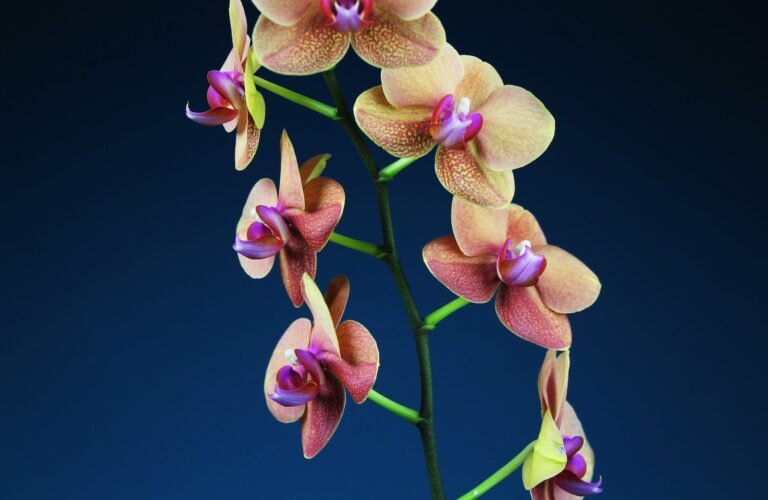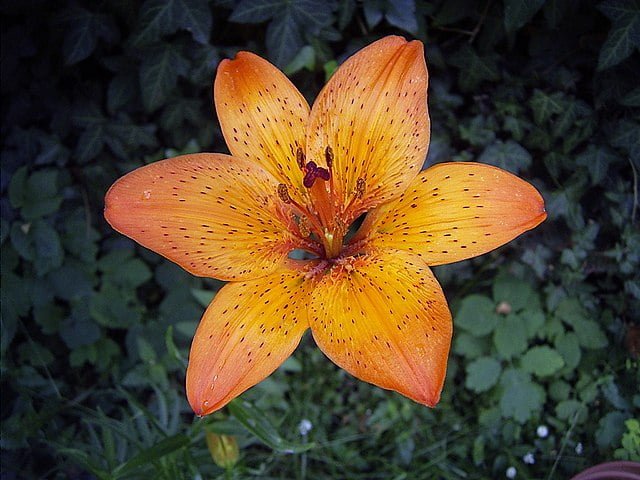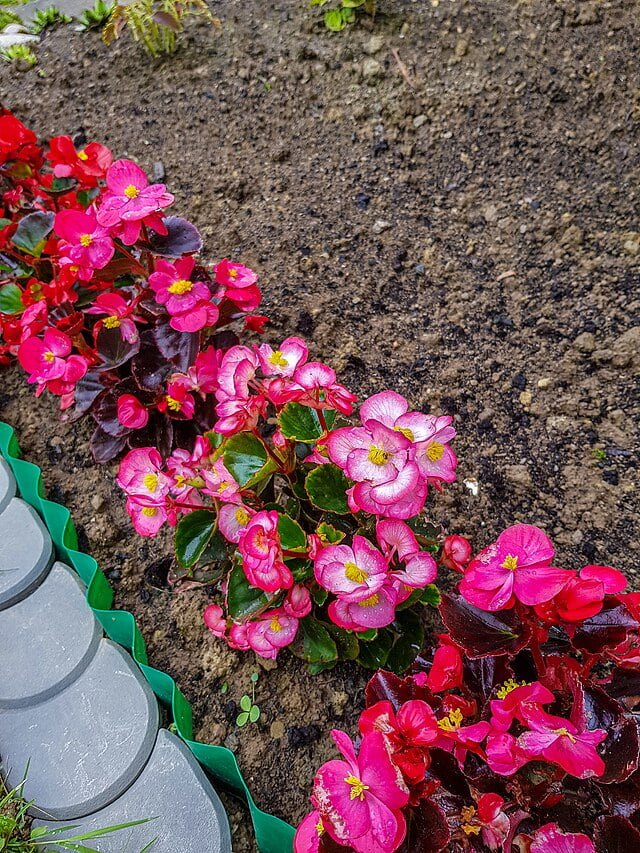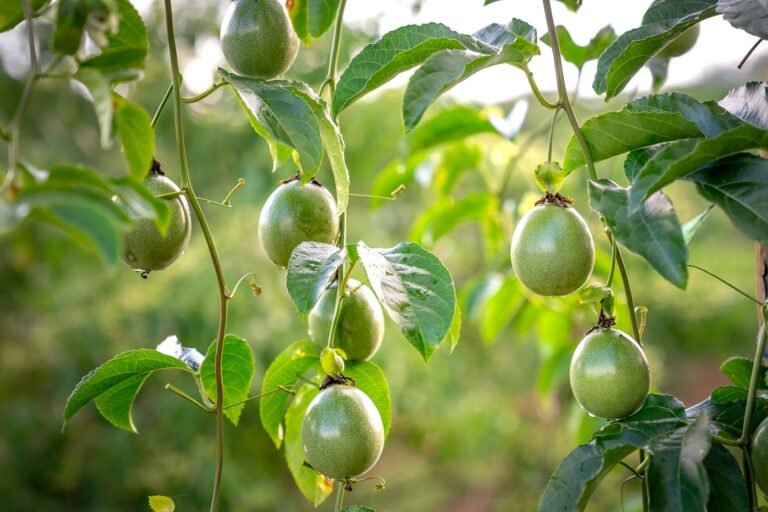Growing Lilacs: Adding Fragrance and Charm to Your Garden
Introduction to Growing Lilacs
Lilacs (Syringa) have long been a gardener’s favourite, symbolizing the rejuvenating arrival of spring with their profuse blossoms and intoxicating fragrance. Available in shades of purple, white, pink, and even yellow, these hardy shrubs can serve as impressive focal points or privacy screens in your landscape. If you’re interested in growing lilacs, here’s your comprehensive guide to doing so.
Choosing the Right Variety
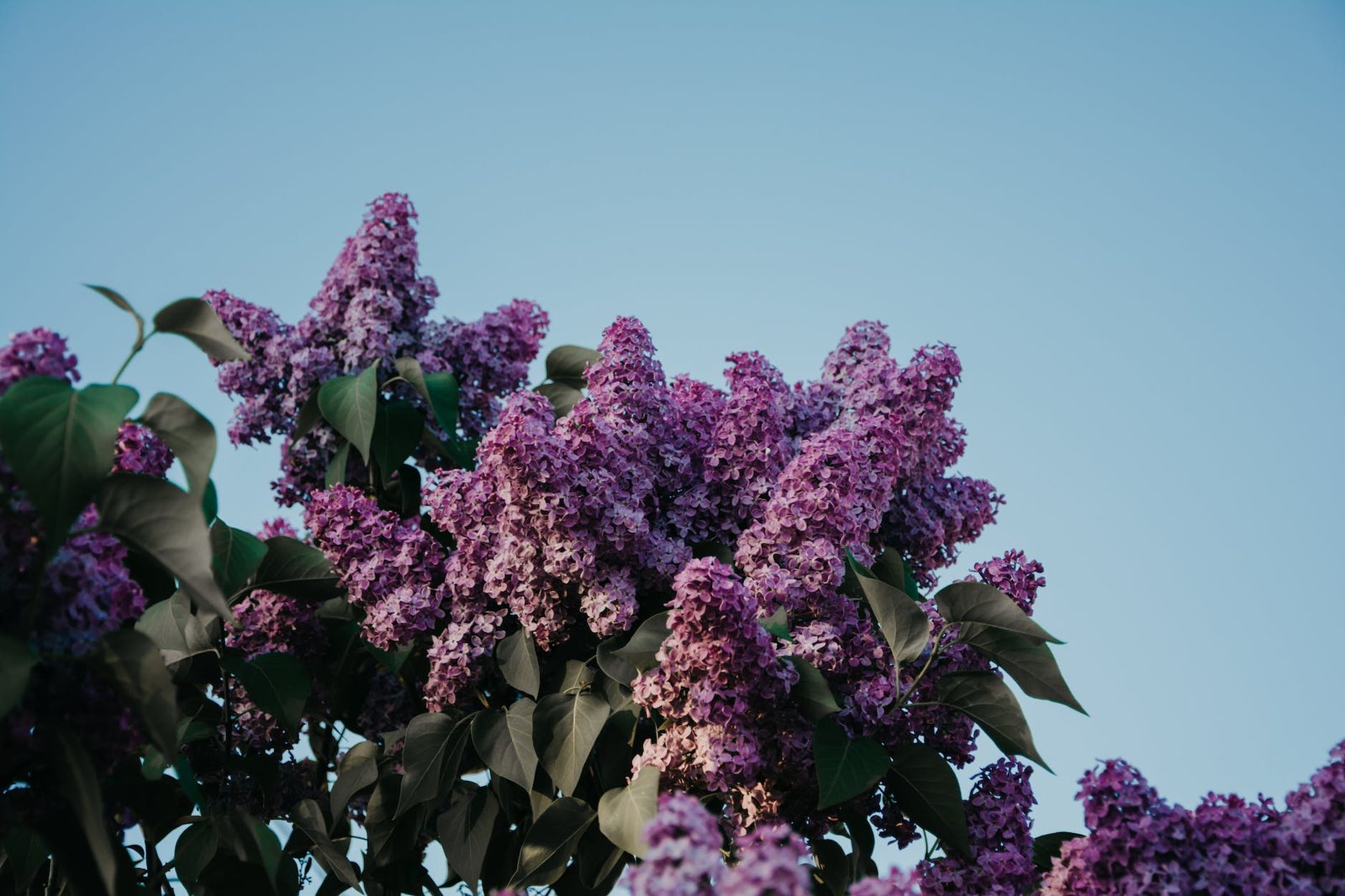
The selection of lilacs is vast, offering a palette of colours and sizes suitable for various garden designs and climates. Here are some varieties to consider:
- Common Lilac (Syringa vulgaris): The classic lilac, it blooms in mid-spring with clusters of purple or white flowers.
- Dwarf Korean Lilac (Syringa meyeri): A compact variety that fits in small spaces and boasts abundant, fragrant lavender-pink flowers.
- Miss Kim Lilac (Syringa pubescens): This variety is known for its icy blue flowers and ability to withstand warmer climates.
- Japanese Tree Lilac (Syringa reticulata): A large variety that can grow into a small tree, showcasing clusters of creamy-white flowers.
- Late Lilac (Syringa villosa): As the name suggests, this variety blooms a little later than other lilacs and adds a splash of colour with its rosy-pink flowers.
Planting Lilacs

Choosing the right variety is only the first step to growing lilacs. Proper planting can determine whether your lilacs thrive or simply survive.
1. Select the Perfect Site: Lilacs love sun. Plant them in a location where they can bask in at least six hours of sunlight each day. Choose a site with well-draining soil to prevent waterlogging.
2. Prepare the Ground: Dig a hole that is twice as wide and a little deeper than the root ball. Mix some compost or aged manure into the removed soil to boost its fertility.
3. Plant the Lilac: Place the lilac in the hole, ensuring that the top of the root ball is level with the ground surface. Backfill the hole with the enriched soil, firming it gently around the base of the plant.
4. Water Generously: After planting, water the lilac thoroughly and add a layer of mulch around the base to retain moisture and suppress weeds.
5. Monitor Growth: Keep a close eye on your lilac during its first year. Water regularly, especially during dry spells. Consider staking young plants if they seem unstable.
Lilacs symbolize the beauty of nature and the onset of warm weather.
Caring for Lilacs: Unleashing Their Full Bloom Potential
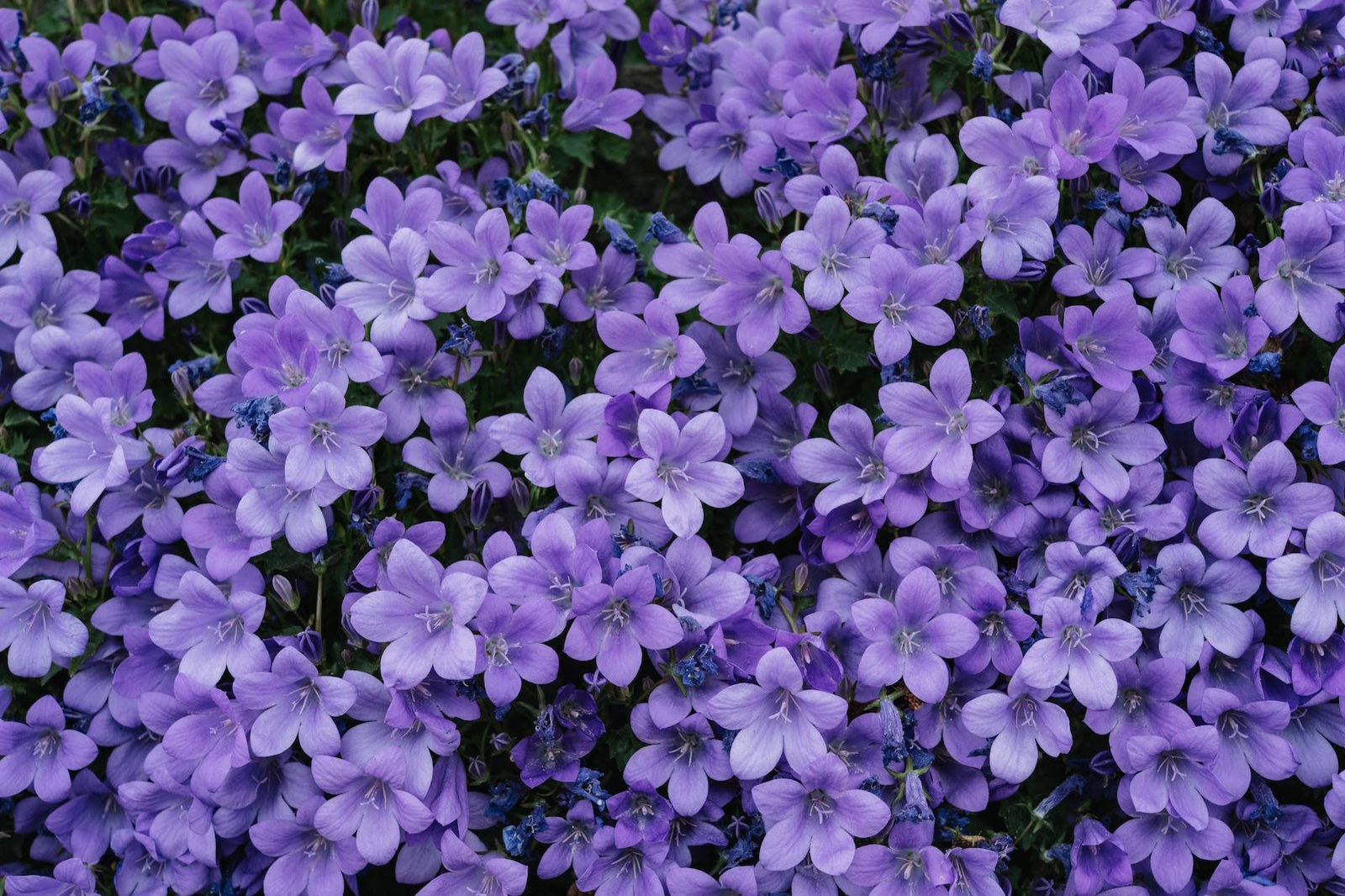
Caring for your lilacs properly can make the difference between a good and a great flowering season. The key factors for exceptional lilac care include pruning, watering, fertilizing, and disease control.
1. Pruning Lilacs:
Pruning is crucial for growing lilacs, especially if you want a lavish display of flowers each year. Lilacs bloom on old wood, which means the flower buds for the next year are formed soon after this year’s flowers fade.
Prune your lilacs just after blooming, but no later than mid-July, to allow new shoots enough time to develop the next season’s buds. Remove spent flowers and up to one-third of the shrub to encourage rejuvenation. Cut back weak, spindly growth and some of the old stems at ground level.
2. Watering Lilacs:
Although mature lilacs are somewhat drought-tolerant, they will perform best with regular water, especially during dry spells. Water deeply once or twice a week rather than frequent shallow watering. Overwatering or poor drainage can cause the roots to rot, so it’s essential to ensure your lilacs are planted in well-draining soil.
3. Fertilizing Lilacs:
Lilacs are not heavy feeders, but they will appreciate an annual feeding. Apply a slow-release granular fertilizer in early spring or a layer of compost or well-rotted manure.
4. Disease Control:
Lilacs are fairly hardy, but they can occasionally suffer from pests or diseases. Powdery mildew, a common issue, appears as a white, powdery coating on the leaves. Although it doesn’t harm the plant, it can mar its appearance. Ensuring good air circulation by proper pruning can prevent this problem.
Keep an eye out for lilac borers, scale insects, and leaf miners. Treat any infestations with an appropriate insecticide or horticultural oil.
Finally, remember to give your lilacs plenty of space to grow. They can reach substantial sizes and can live for hundreds of years with proper care. It’s a worthwhile investment to take the time to care for your lilacs, and the rewards you’ll reap in fragrant, colourful spring blooms are immeasurable.
By following these guidelines, you can ensure your lilacs will not only survive but will thrive and blossom spectacularly. Providing the right care to your lilacs means a healthier plant, abundant flowering, and an enhanced beauty of your garden landscape for many years to come.
Managing Pests and Diseases
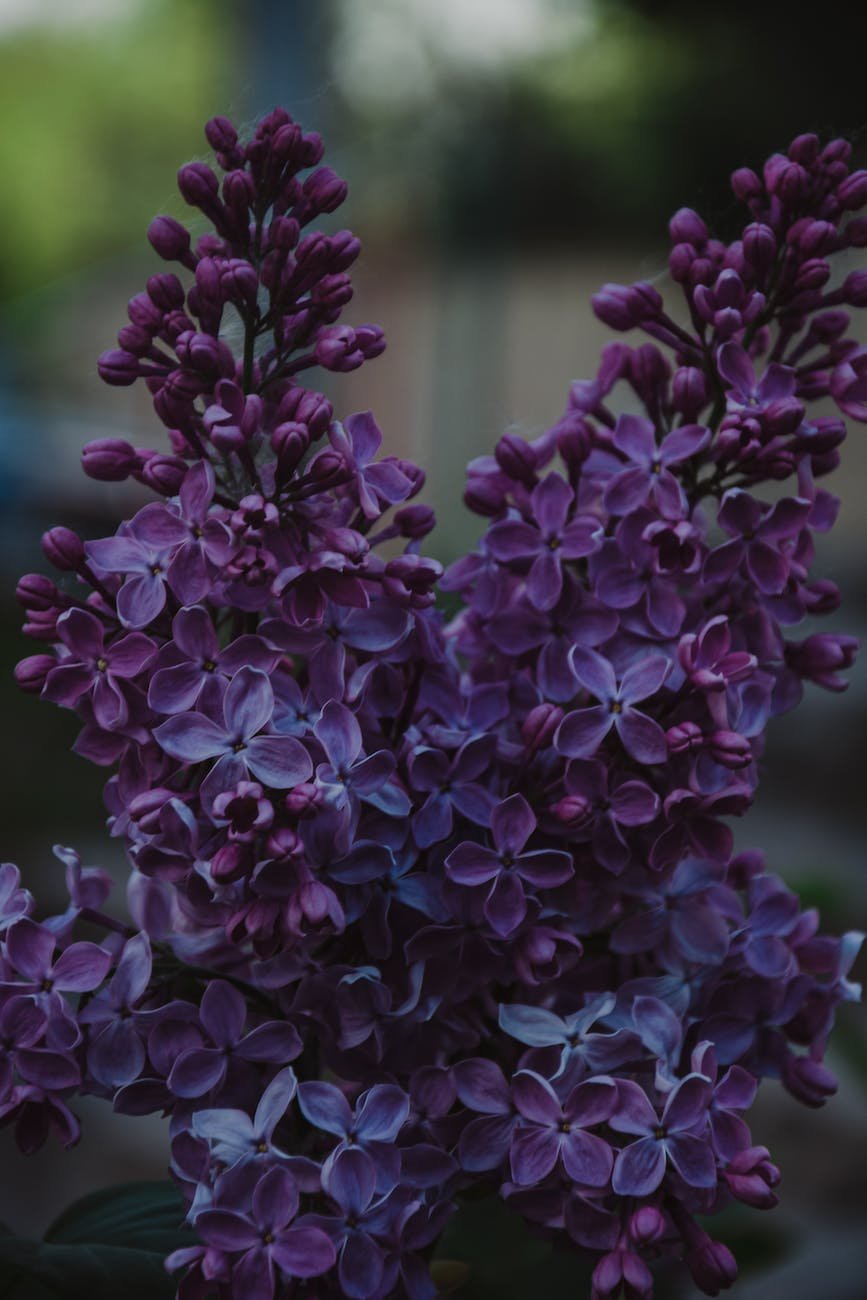
Even the healthiest of gardens will occasionally encounter diseases and pests. When it comes to growing lilacs, there are several common problems that you should be aware of. Learning how to identify and manage these issues will ensure your lilacs stay healthy and vibrant.
1. Powdery Mildew:
Powdery mildew is a common fungal disease in lilacs. It appears as a white or grey powdery growth on the leaves and stems. While it rarely kills plants, it can weaken them and make them less attractive.
To manage powdery mildew, increase air circulation by pruning and thinning your lilacs. Avoid watering from overhead, as wet foliage can promote fungal growth. If the disease is severe, consider using a fungicide.
2. Bacterial Blight:
Bacterial blight can cause wilting, browning, and death of young shoots and blossoms. You’ll often see black, shriveled shoots and a white ooze.
To control bacterial blight, prune infected branches, disinfecting your pruning shears between cuts. Avoid working with the plants when they’re wet. In severe cases, copper-based sprays can be used early in the season.
3. Lilac Borers:
Lilac borers are pests that tunnel into the stems, causing wilting and dieback. You might see small piles of sawdust at the base of the plant.
To manage borers, prune and destroy infected branches. Encourage beneficial insects that are natural predators of borers, such as wasps. In severe infestations, you may need to use an appropriate insecticide.
4. Scale Insects:
These small insects suck sap from lilacs, weakening them and causing yellowing of leaves. They also excrete a sticky substance called honeydew, which can lead to sooty mold.
Control scale by encouraging natural predators, such as ladybugs. You can also use horticultural oil sprays. If infestations are heavy, consider using a systemic insecticide.
By regularly monitoring your lilacs, you can spot potential problems early and take appropriate action. Diseases and pests can be a challenge, but with good cultural practices and a keen eye, you can keep your lilacs healthy and thriving, providing beautiful, fragrant blooms for many springs to come.
Propagating Lilacs
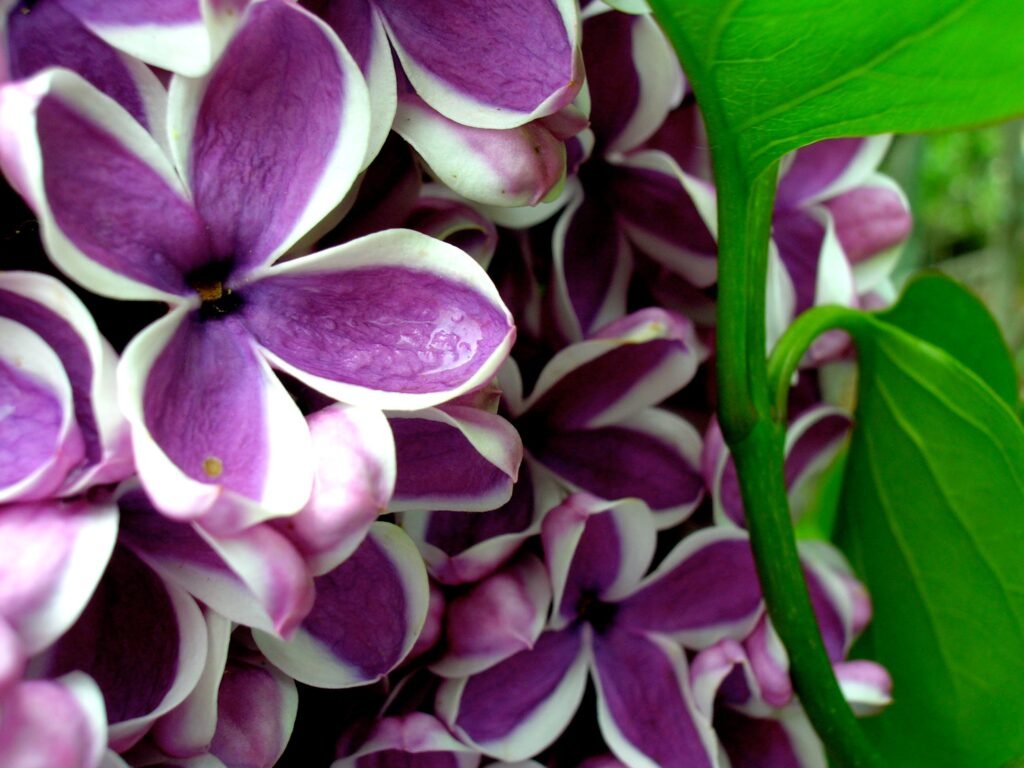
Lilacs, with their intoxicating aroma and lush blooms, are a cherished addition to any garden. Not only are they stunning, but they can also be shared with others through the process of propagation. Here’s a step-by-step guide on how to propagate lilacs and spread their beauty around.
1. Choosing the Right Time:
The best time to propagate lilacs is in early summer, just after they’ve finished blooming. At this time, the new growth is starting to harden off and is in the perfect state for propagation.
2. Preparing the Cuttings:
Select a healthy, vigorous branch from the current year’s growth. It should be around 4-6 inches long, with several leaves, but no flowers. Use a sharp, sterile knife or pruners to make a clean cut just below a node (where a leaf joins the stem).
3. Rooting Hormone:
Although lilacs can root without it, a rooting hormone can speed up the process and increase success rates. Dip the cut end of your cutting in a rooting hormone powder or solution, making sure to shake off any excess.
4. Planting the Cuttings:
Fill a pot with a well-draining potting mix or a mixture of half peat and half perlite. Make a hole with a pencil or your finger, insert the cutting, and gently firm the soil around it. Ensure at least one node is buried, as this is where roots will develop.
5. Caring for Cuttings:
Place the pot in a location with bright, indirect light. The soil should remain consistently moist, but not waterlogged. Covering the pot with a plastic bag can help maintain humidity.
6. Patience and Transplanting:
After several weeks to a few months, your cuttings should develop roots. Tug gently on the cutting; if you feel resistance, roots have formed. Once your new lilac plant is established and growing well, it can be transplanted into a larger pot or directly into the garden.
Remember, propagation isn’t an exact science. Don’t be discouraged if your first few attempts don’t succeed. With patience and practice, you’ll be able to grow new lilacs from cuttings, sharing their beauty with friends, family, or other parts of your own garden.
Final Thoughts
Growing lilacs in your garden can be a fulfilling endeavour. Their exquisite blooms and captivating aroma are well worth the care they require. By understanding their needs and providing the right conditions, you can enjoy the beautiful and fragrant displays of lilacs for many years to come.


